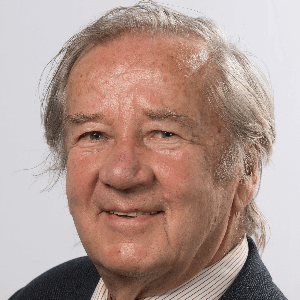Abstract:
To determine the level of trauma in Ukrainian refugee children, 146 children age 5 to 18, voluntarily participated in painting sessions at the Polish-Ukrainian border, July 2022. The paintings were classified according to the level of trauma into three groups: strong (59), medium (45) and low (42).
The paintings of the ten children, who had just arrived from Ukraine at the Przemysl train station, as well as those of the fourteen children in the nursery, all revealed trauma, half of them very deep. One-third of the paintings made by the forty-four older children (9 to 18 years old), who had come from a summer camp, bore witness to deep trauma. Among the thirty-two children and adolescents who had been in parish centres (for two or three months) as well as twenty-two orphans revealed less trauma. Many of the paintings showed patriotic symbols and signs and clearly referred to Ukraine. The most traumatic ones were usually painted by older boys and little girls.
Due to the high rate of trauma observed among Ukrainian refugee children abroad, and the persistence of these disorders over time, it is advisable to organize detrauma centres in Ukraine as a whole. Especially since in the future, when the political situation allows these children to return to their country, it is possible that they will be confronted with other traumas (loss of their homes, disappearance of family members - grandparents or parents, loss of toys...).
In these centres, art therapy and group stimulation could be used to prevent children's mental health. These centres could be easily managed by staff, who would be quickly trained in existing institutions. Among the methods used to stimulate artistic creation in the context of art therapy workshops, painting has a visible impact on the state of mind as well as on the emotional and intellectual stimulation of children. Because free pictorial expression can allow these children to get away from their upsetting thoughts through the creation of an imaginary universe through painting and to alleviate the trauma.
The preliminary results of this study, which is intended to serve as a reference for the creation of detraumatization centers, and which will be expanded at a later date.



